
views
Understanding the Basic Terminology

Familiarize yourself with what current is. Current is the flow of electrically charged carriers like electrons or the flow of charge per unit of time. But what is a charge and what is an electron? An electron is a negatively charged particle. A charge is a property of matter that is used to classify whether a thing is positive or negatively charged. Like magnets, alike charges repel and opposites attract. We can illustrate this by using water. Water is composed of the molecule, H2O – which stands for 2 atoms of Hydrogen and 1 atom of Oxygen bonded together. We know that the oxygen atom and hydrogen atoms make up the molecule, H2O. A flowing body of water is composed of millions and millions of this molecule. We can compare the flowing body of water to the current; the molecule to electron; and the charge to the atoms.
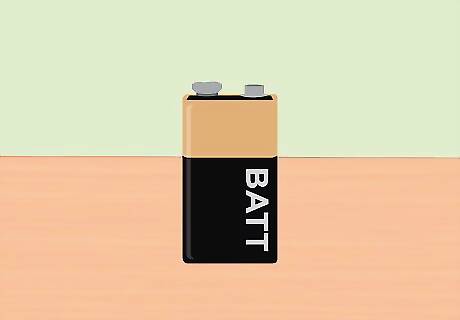
Understand what voltage refers to. Voltage is the “force” that drives the current to flow. To best illustrate voltage; we will use the battery as an example. Inside the battery is a series of chemical based reactions which create a buildup of electrons in the positive terminal of the battery. If we now connect a medium (eg a wire) from the positive terminal to the negative terminal of the battery, the electron buildup will now move to get away from each other because as we said, alike charges repel. In addition, because of the law of conservation of charge, which states that the net charge of an isolated system should remain constant, the electrons will try to balance the charges by going from the higher concentration of electrons to the lower concentration of electrons or positive terminal to the negative terminal, respectively. This movement causes a potential difference in each of the terminals which we can now call voltage.
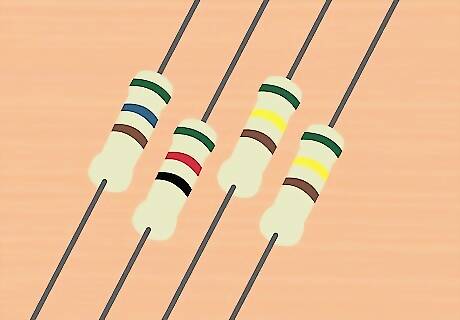
Know what resistance is. Resistance, on the other hand, is the opposition of certain elements to flow of charge. Resistors are elements with significant resistance. They are placed in certain parts of a circuit to regulate the flow of charge or electrons. If there are no resistors, the electrons are not regulated, the equipment may receive too much charge and it will be damaged or cause a fire due to overcharging.
Finding Total Current of a Series Circuit Connection
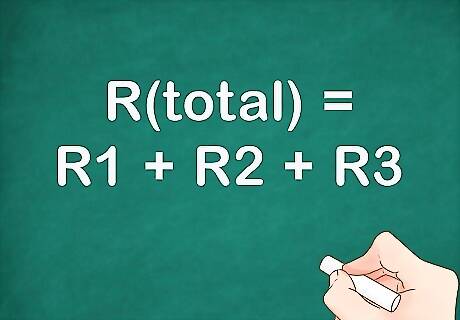
Find the total resistance of the circuit. Imagine a straw you are drinking from. Pinch it several times. What do you notice? The water flowing will be lessened. Those pinches are the resistors. They block the water which is the current. Since the pinches are in a straight line, they are in series. Drawing from this example, the total resistance of resistors in a series is: R(total) = R1 + R2 + R3.
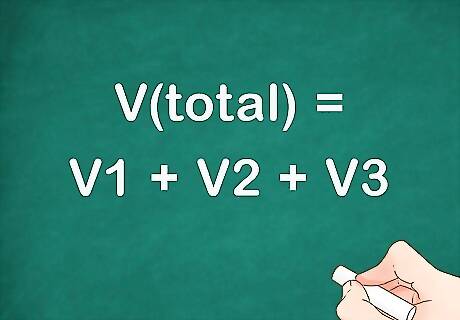
Identify the total voltage of the resistor. Most of the time, the total voltage is readily given, but in cases where individual voltages are given, we can use the equation: V(total) = V1 + V2 + V3. But why is this so? Using the straw analogy again, after pinching the straw, what do you expect? You need more effort to get water through the straw. The total effort you are delivering is brought about by the individual force the individual pinches need. The “force” you need is the voltage, because it drives the flow of water or the current. Therefore it is only logical that the total voltage is brought about by adding up the individual voltages across each resistor.
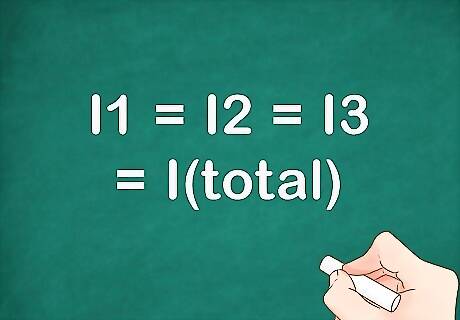
Calculate the total current of the system. Using the straw analysis again, even in the presence of pinches, did the amount of water you get change? No. Although the speed at which you are getting the water changes, the amount of water you can drink is fixed. And if you look closer at the amount of water entering and leaving, the pinches are the same because of the fixed speed the water is flowing, therefore, we can say that: I1 = I2 = I3 = I(total)
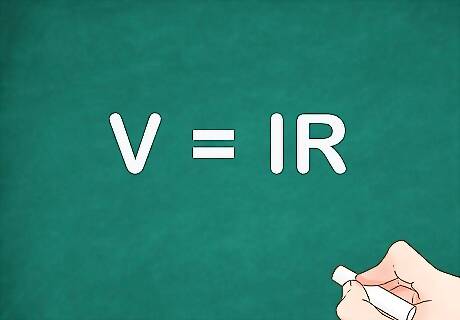
Remember Ohm's law. But it doesn't stop there! Remember we don't have any of this data, so we can use the Ohm's Law which relates voltage, current and resistance: V = IR.
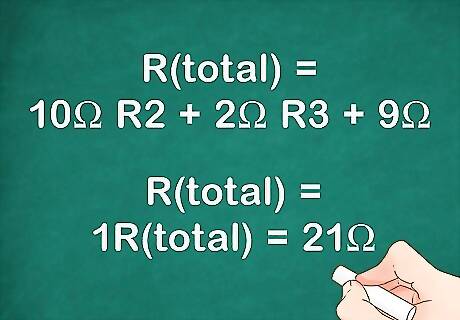
Try working with an example. Three resistors, R1 = 10Ω R2=2Ω R3 = 9Ω, are connected in series. A total voltage of 2.5V is applied to the circuit. Compute for the total current of the circuit. First let's compute for the total resistance: R(total) = 10Ω R2 + 2Ω R3 + 9Ω Therefore R(total) = 21Ω
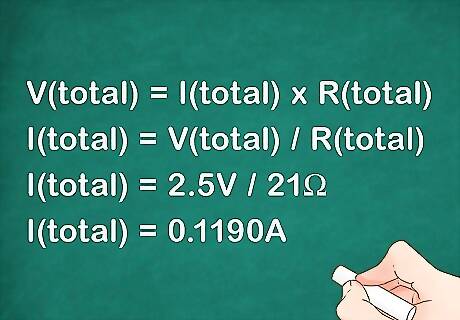
Use Ohm's Law for computing the total current: V(total) = I(total) x R(total). I(total) = V(total) / R(total). I(total) = 2.5V / 21Ω. I(total) = 0.1190A.
Finding Total Current of Parallel Circuits
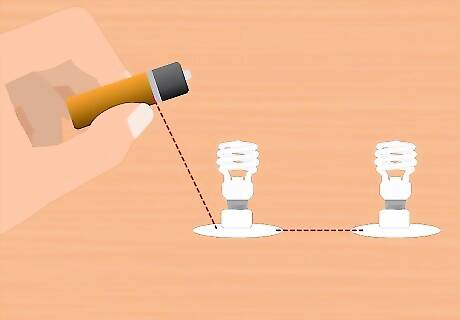
Understand what a parallel circuit is. Like it name, a parallel circuit contains elements that are arranged in a parallel way. This makes use of multiple wiring arrangements creating paths wherein current can travel.
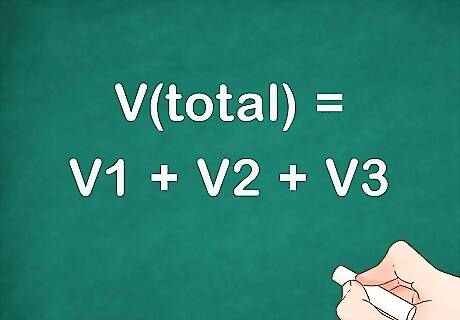
Compute for the total voltage. Since we have sorted out the terminologies in a previous section, we can now go directly to the computations. Take for an example a pipe split into two paths with different diameters. For the water to flow into both of the pipes, do you need to use unequal forces in each of the pipes? No. You just need enough force for the water to flow. Therefore, using the analogy that the water is the current and the force is the voltage, we can say that: V(total) = V1 + V2 + V3.
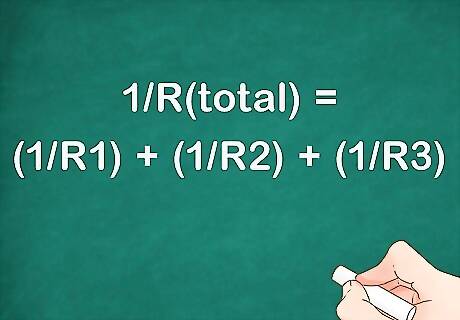
Compute for the total resistance. Say you want to regulate the water flowing in the pipes. How will you block the pipes? Do you put just one blockage on each path or do you put multiple blockages arranged consecutively to control the water flow? You would need to do the latter. For resistances, this analogy is the same. Resistors connected in series regulate current far better than those arranged in a parallel way. The equation for the total resistance in a parallel circuit is: 1/R(total) = (1/R1) + (1/R2) + (1/R3).
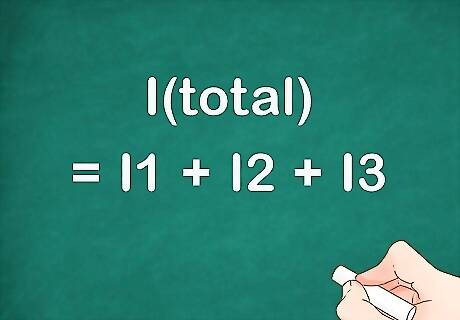
Compute for the total current. Going back to our example, the water flowing from the source to the split path is divided. The same is applicable for current. Since there are multiple paths where charges can flow, it can be said that to be split. The pathways do not necessarily receive equal amounts of charge. It is dependent on the resistances and the materials the elements have in each path. Therefore, the equation of the total current is just the summation of all the currents in all of the paths: I(total) = I1 + I2 + I3. Of course, we can't use this yet because we do not have the individual currents. In this case Ohm's Law can also be used.
Solving an Example of Parallel Circuits
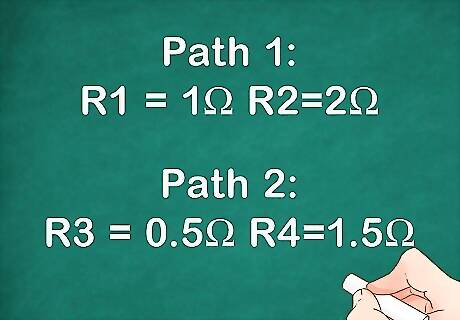
Try an example. 4 resistors divided into two paths which are connected in parallel. Path 1 contains, R1 = 1Ω R2=2Ω while Path 2 contains, R3 = 0.5Ω R4=1.5Ω. The resistors in each path are connected in series. The voltage applied in path 1 is 3V. Find the total current.
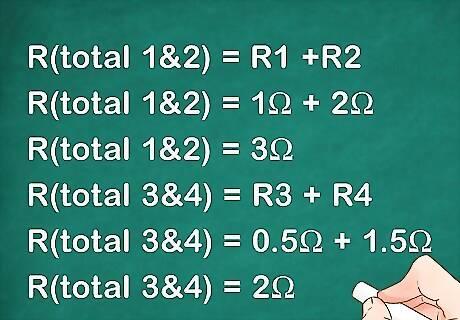
Find the total resistance. Since the resistors in each path are connected in series, we will find solve for the total resistance in each path. R(total 1&2) = R1 +R2. R(total 1&2) = 1Ω + 2Ω. R(total 1&2) = 3Ω. R(total 3&4) = R3 + R4. R(total 3&4) = 0.5Ω + 1.5Ω. R(total 3&4) = 2Ω.
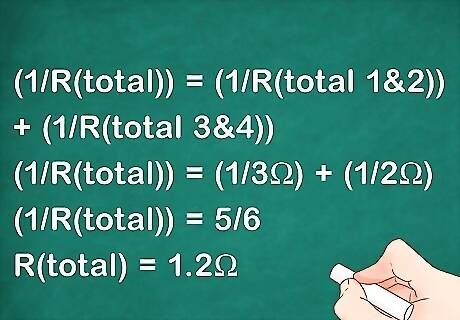
Plug in the equation for parallel connection. Now, we since the paths are connected in parallel, we will now use the equation for parallel connection (1/R(total)) = (1/R(total 1&2)) + (1/R(total 3&4)). (1/R(total)) = (1/3Ω) + (1/2Ω). (1/R(total)) = ⅚. R(total) = 1.2Ω.
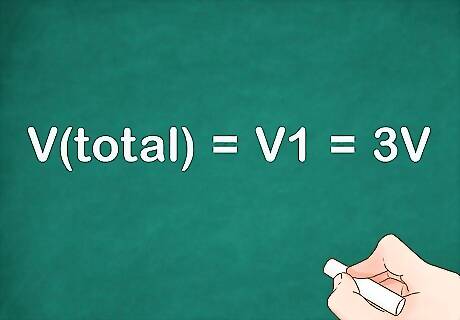
Find the total voltage. Now compute for the total voltage. Since the total voltage is equal to all the voltages: V(total) = V1 = 3V.

Use Ohm's law to find the total current. Now, we can compute for the total current using Ohm's Law. V(total) = I(total) x R(total). I(total) = V(total)/R(total). I(total) = 3V/1.2Ω. I(total) = 2.5A.












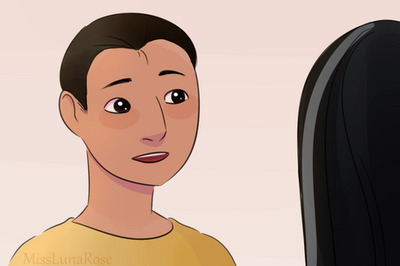


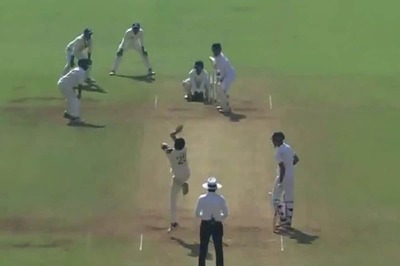



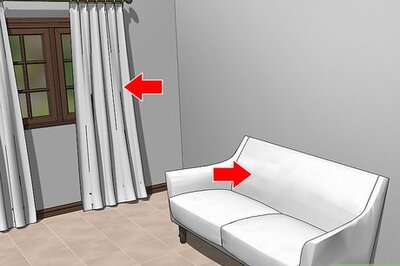
Comments
0 comment